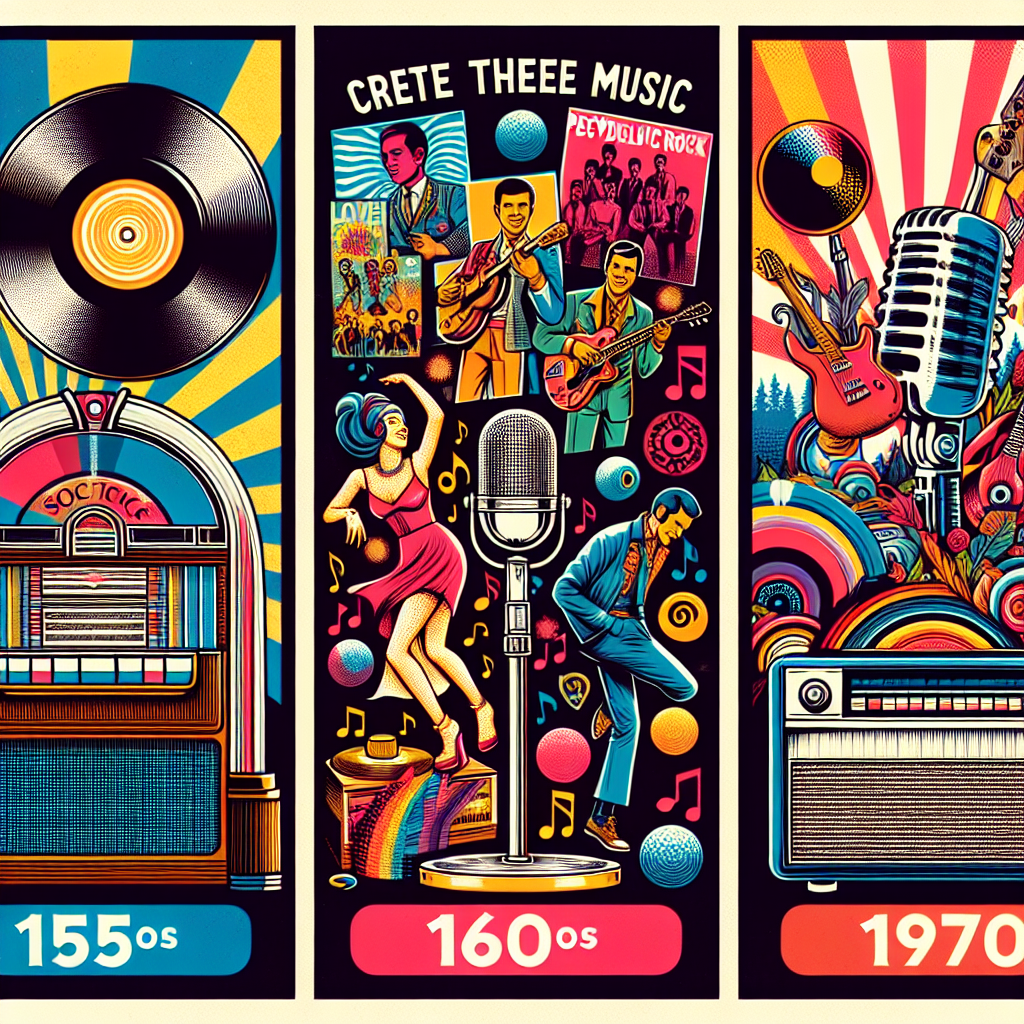Rock ‘n’ roll has been a defining genre of music for over six decades, influencing not only the music industry but also culture, fashion, and technology. Let’s take a look back at the evolution of rock ‘n’ roll from the 1950s to the 1970s and how it shaped the world we live in today.
The 1950s: The Birth of Rock ‘n’ Roll
The 1950s marked the birth of rock ‘n’ roll with pioneers like Elvis Presley, Chuck Berry, and Little Richard leading the way. This era was characterized by upbeat rhythms, catchy melodies, and rebellious lyrics that challenged societal norms. Rock ‘n’ roll quickly became a symbol of youth culture and freedom.
Politicians and parents were quick to criticize rock ‘n’ roll for its perceived negative influence on young people. However, this only fueled its popularity among teenagers who saw it as a form of self-expression and rebellion against authority.
The 1960s: The Golden Age of Rock ‘n’ Roll
The 1960s saw rock ‘n’ roll reach new heights of creativity and innovation with bands like The Beatles, The Rolling Stones, and Jimi Hendrix pushing boundaries and experimenting with new sounds. This era was also marked by social and political upheaval, with rock music playing a significant role in movements for civil rights and peace.
Rock stars became cultural icons whose influence extended beyond music into fashion, art, and lifestyle. The counterculture movement embraced rock ‘n’ roll as a symbol of freedom and individuality, inspiring generations to come.
The 1970s: Rock ‘n’ Roll Goes Mainstream
By the 1970s, rock ‘n’ roll had firmly established itself as a mainstream genre with bands like Led Zeppelin, Pink Floyd, and Queen dominating the charts. This era saw the rise of stadium rock concerts and larger-than-life performances that solidified rock stars as larger-than-life figures.
Advancements in technology also played a significant role in shaping the sound of rock music in the 1970s. Innovations like electric guitars, synthesizers, and recording techniques allowed artists to experiment with new sounds and push boundaries even further.
The Legacy of Rock ‘n’ Roll
Looking back at the evolution of rock ‘n’ roll from the 1950s to the 1970s, it’s clear that this genre has had a lasting impact on music, culture, fashion, and technology. Rock ‘n’ roll paved the way for future generations of musicians to express themselves freely and creatively without fear of judgment or censorship.
While some may argue that rock ‘n’ roll is a thing of the past, its influence can still be felt in modern music genres like pop, hip-hop, and indie. The spirit of rebellion and individuality that defined rock ‘n’ roll lives on in artists who continue to push boundaries and challenge societal norms.
In conclusion, the evolution
of
rock’n’
roll from
the
50’s to 70’s has been a journey worth <><><></></></>cele
(500 words)


Get involved!
Comments